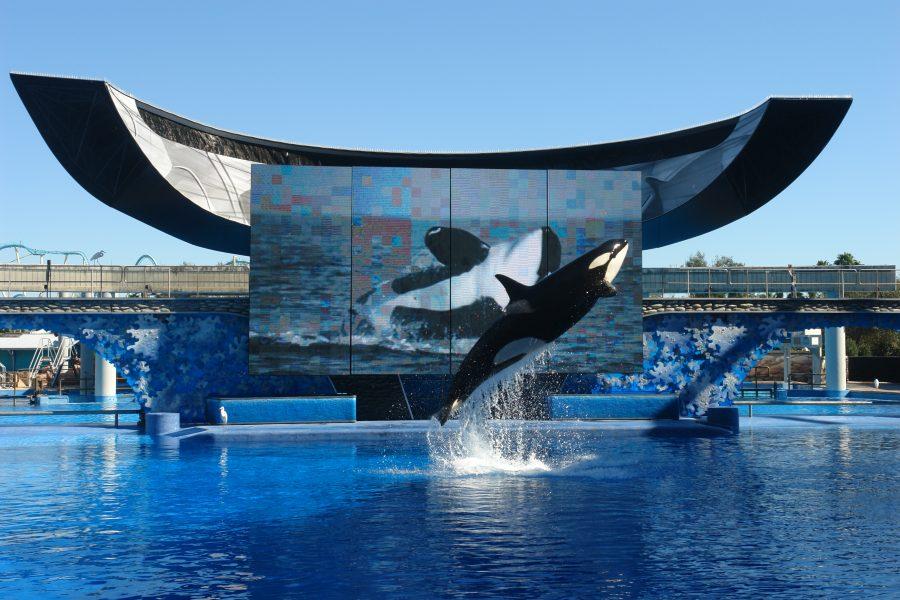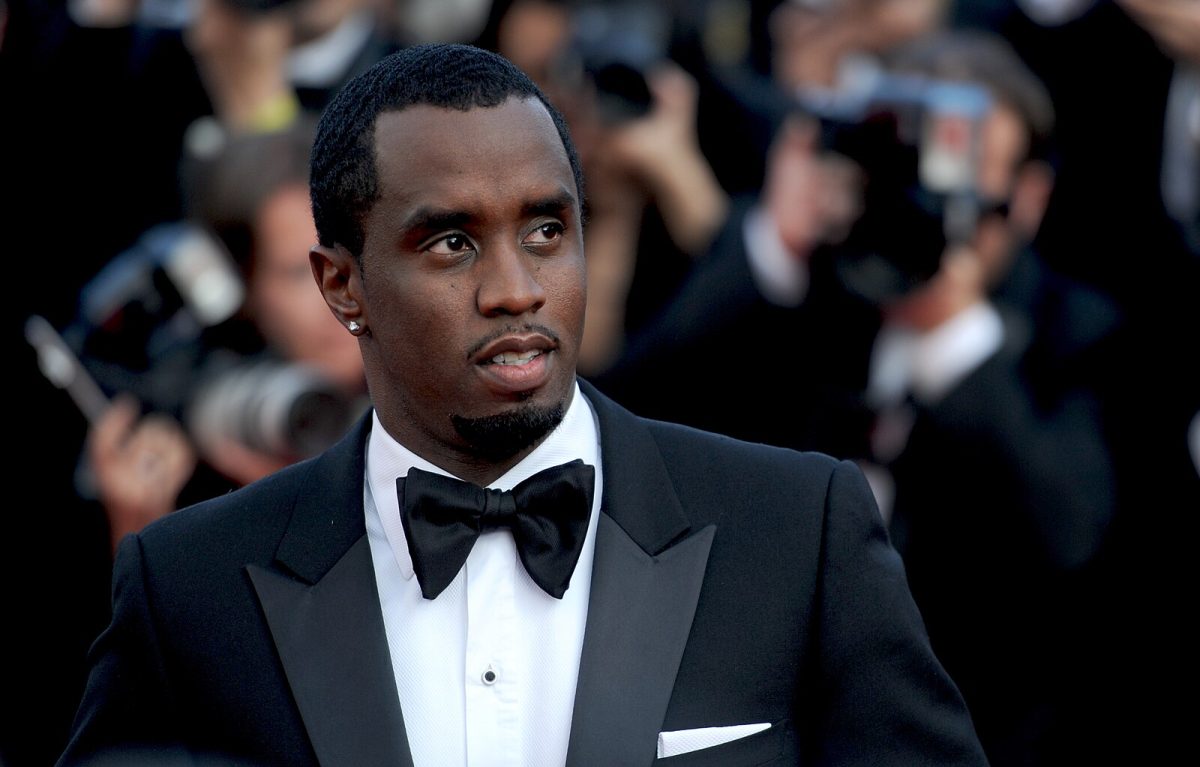The Sea World park located in San Diego has recently announced that they are going to end their orca shows starting in 2017. The company’s top executive said the reason for the park doing so is because visitors at the tourist attraction made it clear they would rather see killer whales act naturally than performing tricks.
Although the park will still showcase orcas, it will present the orcas in a different way. Instead of the usual “Shamu” show that features killer whales performing flips and other stunts that first became infamous decades ago, the park is going to show a new type of orca experience in which the orca’s natural setting and behavior are displayed. “It seems fairly clear from the circumstances that SeaWorld is ending the orca shows because it will improve their image in the particular location of one park. It does not seem like there is any remorse about how they have been treating the whales. Honestly even for a park as big as the SeaWorld parks, there is not enough space to keep a whale,” said University sophomore Rosemary Leo. “That does not concern them at all though, and all their remarks are about what the people will want in the area. If they cared about the whales and felt that making them do tricks was bad for them, they would have stopped it in all the parks. The fact that they are only stopping it in one shows that they are making an attempt to please the locals and people who may visit the park. Plus, they’re being featured in the news, so even though they’re only making this one change in a single park, they’re getting publicity for it. The action comes across as nothing more than a marketing ploy.”
Animal rights activists did indeed call the move a marketing gimmick. They now want the company to phase out keeping any whales in captivity. Jared Goodman, a representative of the People for Ethnical Treatment of Animals, remarked that, “An end to SeaWorld’s tawdry circus-style shows is inevitable and necessary, but it’s captivity that denies these far-ranging orcas everything that is natural and important to them. This move is like no longer whipping lions in a circus act but keeping them locked inside cages for life.”
The backlash against the orca shows at SeaWorld started to pick up in 2013, after the documentary “Blackfish” was released. The documentary examined orcas responses to captivity. It discusses the particular case of Tilikum, who was a killer whale that caused the death of trainer Dawn Brancheau in 2010 by pulling her into a pool at SeaWorld Orlando. Since the release of that documentary, the SeaWorld company based in Orlando, Florida has seen revenue drop.
Of all of the SeaWorld park locations, attendance has plummeted the most at the location in San Diego. Additionally, the choice to end orca shows will be limited to the San Diego location for now; which is the original home of Shamu, the first orca to be showcased at the park. The orca shows will continue at the other park locations in San Antonio and Orlando for now.
On Nov. 9th, SeaWorld CEO Joel Manby told investors that California customers want to see less theatrical production, so the new attraction will have a strong conservation message. The news to end the orca show officially came a few days after SeaWorld Entertainment Inc. reported its third-quarter earnings missed Wall Street expectations. Also, earlier this year, SeaWorld had announced plans for a $100 million expansion of the killer whale tanks in San Diego to boost attendance, but the California Coastal Commission made approval of the project, dubbed “Blue World,” which was dependent upon SeaWorld agreeing not to breed, transfer or sell any of its captive orcas at the park. Manby referred to the ruling, which SeaWorld plans to fight in court, a bad precedent not only for SeaWorld, but for all zoos and aquariums. He had indicated to investors that the company might shelve the San Diego project.
“I think that Seaworld is on its way out. The public is becoming more and more skeptical about Seaworld’s tactics, especially with the release of the documentary ‘Blackfish’ and an increasingly knowledgeable public that can no longer be fooled about Seaworld’s treatment of animals,” commented University sophomore Alexandra Bland. “I think this decision by Seaworld to have a more ‘natural exhibit’ was a cover-up and will not lead to increase in sales for them. In fact, I think this may lead to the downfall of their tourist attractions as long as they still have whales in captivity.”







